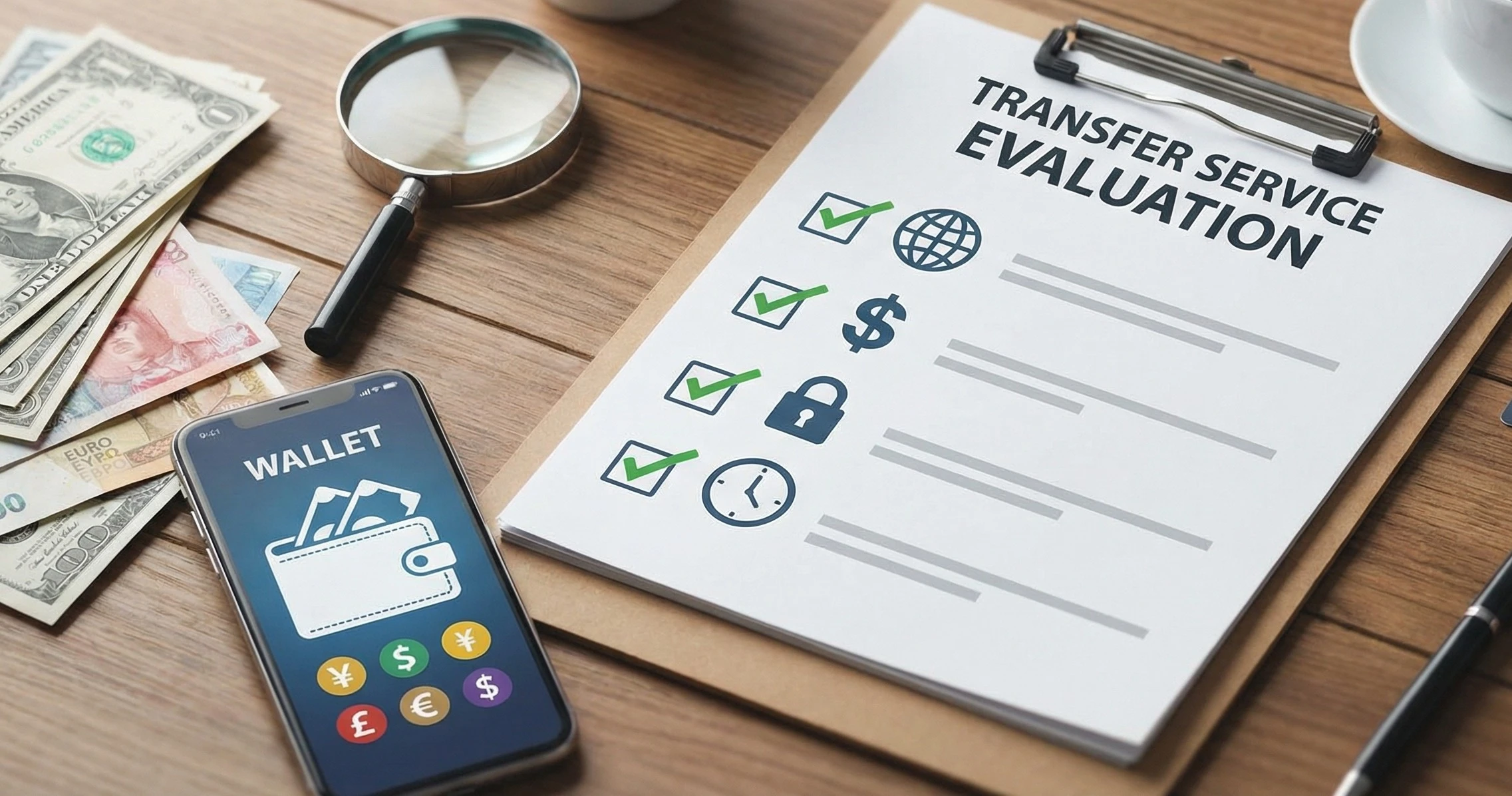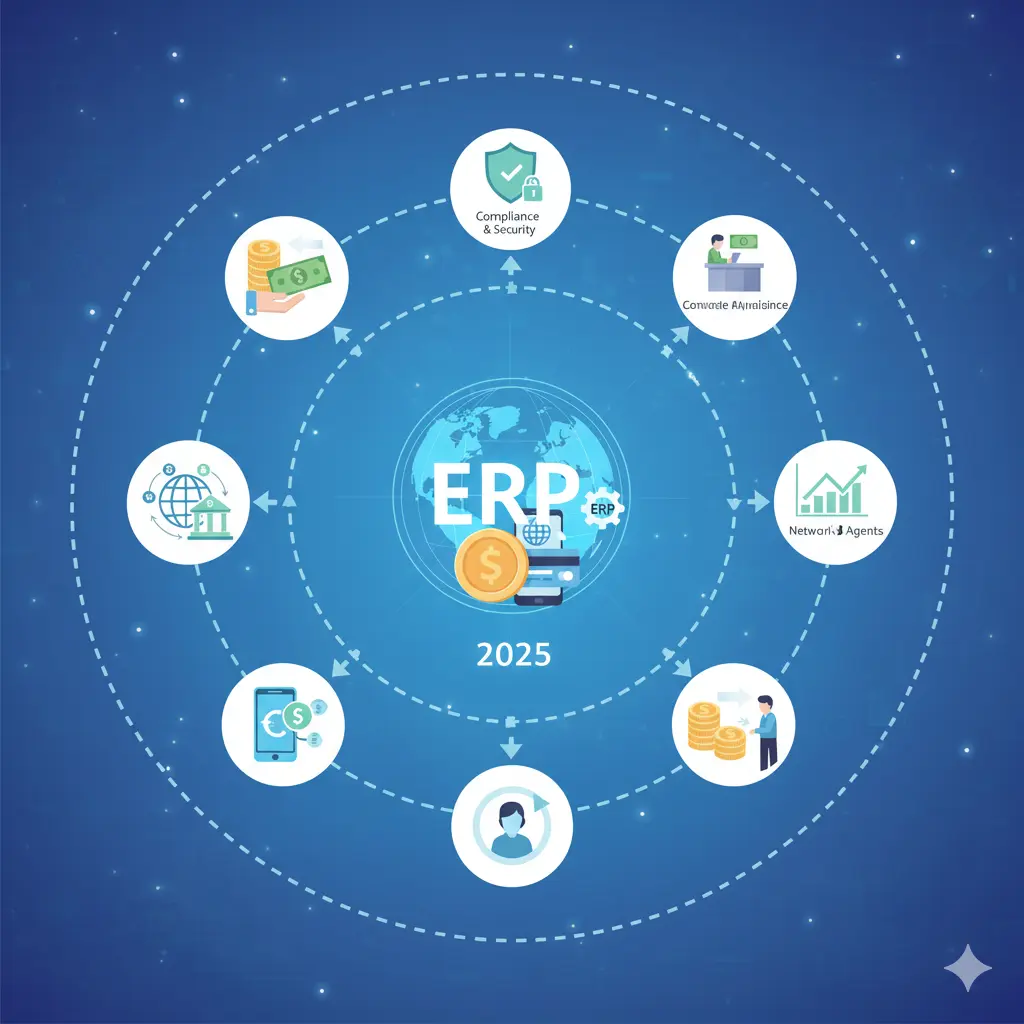
Remittance as a Service (RaaS) is a modern fintech model that enables businesses to launch a cross-border money transfer platform without obtaining their own money transmitter license. Instead of spending years on regulatory approvals and compliance setup, companies can operate under a licensed partner’s regulatory framework.
In this model, the business focuses on branding, customer experience, and growth, while the RaaS partner handles all backend compliance, regulation, and financial infrastructure. This makes RaaS one of the fastest ways to enter the global remittance ecosystem.
Global remittances are projected to exceed $860 billion this year, creating unprecedented opportunities for fintech and financial service innovators.
RaaS accelerates market entry by allowing new players to skip the 12–24 month licensing cycle and launch in weeks instead of years.
The RaaS ecosystem is structured to help businesses launch quickly by relying on a regulated partner’s compliance and banking infrastructure.
This combination allows businesses to focus on customer acquisition while the RaaS provider manages licensing, regulation, and risk.
Launching a remittance service requires choosing between partnering with a RaaS provider or obtaining your own license. The differences are significant.
For most startups and early-stage fintechs, RaaS offers a faster, safer, and more cost-effective path to launching cross-border services.
The rise of digital remittances and increased global mobility has created strong demand for RaaS-based solutions.
RaaS simplifies compliance and provides ready-made infrastructure, helping businesses grow across borders quickly.
RaaS pricing is usually built around predictable monthly fees and usage-based charges to keep operations cost-effective.
With predictable pricing, businesses can scale sustainably without unexpected financial or compliance costs.
RaaS providers operate under strict compliance and security frameworks to ensure safe global money movement.
A reliable RaaS provider ensures regulatory adherence, secure data flow, and strong oversight across all transactions.
Before launching under a RaaS partner, businesses should meet key strategic and operational requirements.
These foundational elements help ensure a smooth and successful launch.
RaaS offers major advantages, but it also has a few limitations depending on long-term goals.
RaaS is ideal for rapid entry but may not suit companies aiming for long-term independent licensing from day one.
RaaS works best for businesses looking to expand quickly without heavy regulatory investment.
Companies seeking full licensing control from day one may prefer the DIY route, but most early-stage players benefit from RaaS.
Selecting a reliable partner is essential for compliance, stability, and long-term success.
A strong RaaS partner supports you from launch to long-term scaling and future licensing independence.
Many businesses begin with RaaS, then gradually shift to a full license once they reach maturity.
This hybrid strategy combines fast go-to-market speed with long-term regulatory independence.
Remittance as a Service is one of the fastest and most efficient paths to entering the global money transfer sector. Instead of spending years securing licenses, you can launch in just 30–45 days, scale rapidly, and offer modern cross-border payment services with confidence.
If you're planning to build or expand a cross-border money transfer business, RaaS platforms—such as RemitSo—provide the compliance, technology, and infrastructure needed to go live quickly and safely.
Want to see how a ready-made platform can accelerate your growth?
Book a demo or consult with us at RemitSo today to see how our platform can power your growth.
RaaS is a model that enables businesses to launch remittance services using a regulated partner’s license, compliance framework, and payment rails.
Yes. It is widely used in fintech and operates under rigorous AML/CTF and licensing standards.
Yes. You own all customer relationships and data unless stated otherwise in your agreement.
Most businesses can go live in 30–45 days, depending on their tech readiness.
Absolutely. Many businesses begin under RaaS and later transition to their own money transmitter license.
You can bring your own tech or use a white-label platform from providers like RemitSo.
Costs vary by partner but typically include a monthly minimum and usage-based fees (KYC, transaction, payout, etc.).
Yes. It is specifically designed to help SMEs enter the remittance market quickly and affordably.

